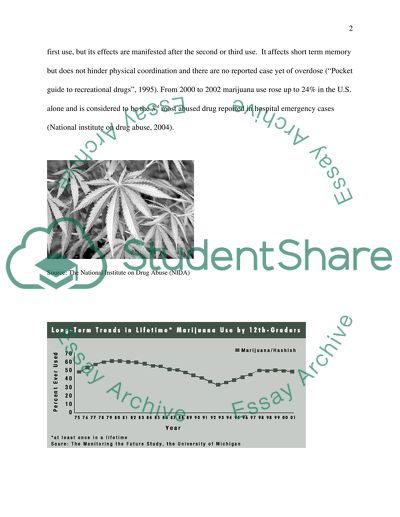Cite this document
(“Physiological effects of recreational drugs on the human body Essay”, n.d.)
Physiological effects of recreational drugs on the human body Essay. Retrieved from https://studentshare.org/miscellaneous/1500605-physiological-effects-of-recreational-drugs-on-the-human-body
Physiological effects of recreational drugs on the human body Essay. Retrieved from https://studentshare.org/miscellaneous/1500605-physiological-effects-of-recreational-drugs-on-the-human-body
(Physiological Effects of Recreational Drugs on the Human Body Essay)
Physiological Effects of Recreational Drugs on the Human Body Essay. https://studentshare.org/miscellaneous/1500605-physiological-effects-of-recreational-drugs-on-the-human-body.
Physiological Effects of Recreational Drugs on the Human Body Essay. https://studentshare.org/miscellaneous/1500605-physiological-effects-of-recreational-drugs-on-the-human-body.
“Physiological Effects of Recreational Drugs on the Human Body Essay”, n.d. https://studentshare.org/miscellaneous/1500605-physiological-effects-of-recreational-drugs-on-the-human-body.


